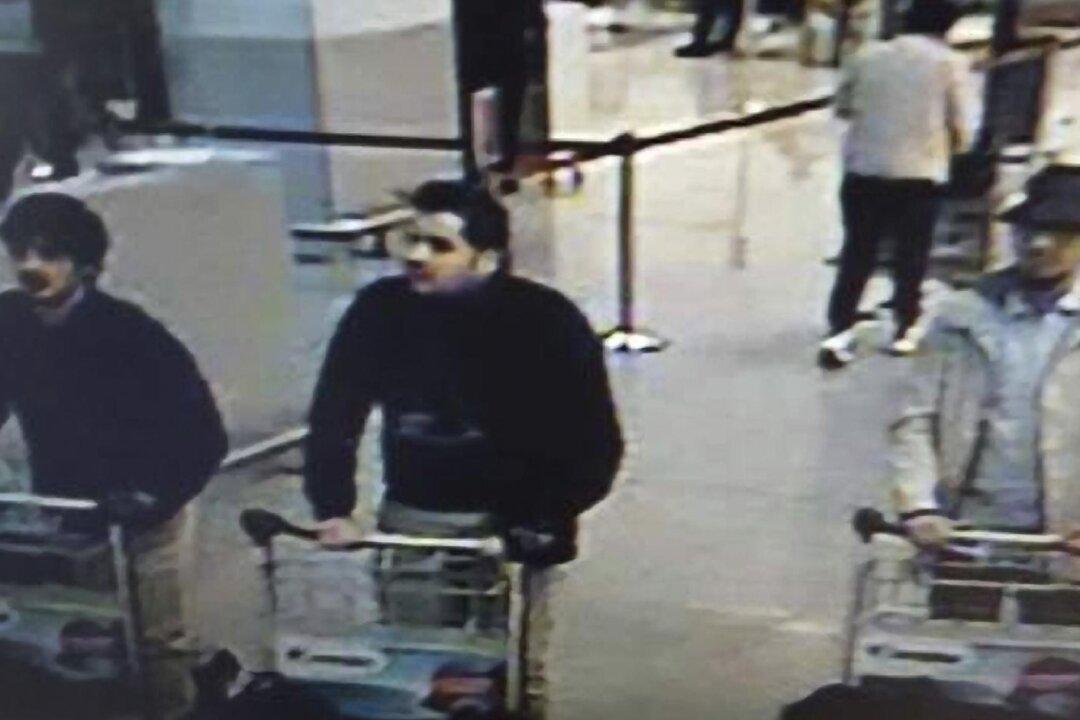In the wake of the terror attacks on Brussels, Belgian police rapidly identified two of the suicide bombers that carried out the attacks: brothers Khalid and Brahim el-Bakraoui, both Belgian nationals. The identification came after the police released CCTV images showing three men at the airport in Zaventem in the hope that people might recognize them and come forward with information.
The search for the third man wearing the white jacket and hat in the CCTV image has become the immediate focus for the massive police operation. He was thought to be carrying the most powerful bomb which failed to go off, prompting him to flee. The unexploded bomb was later safely deactivated by experts.
It is clear the release of images plays a massive role in the manhunt—a taxi driver is said to have come forwards after recognizing CCTV images of the three men he earlier dropped off at the airport. But looking at the grainy CCTV footage, it is hard to make out the blurred features of the suspects. So how easy is it to actually identify someone from a CCTV image?

